
Will Flying Cars Ever Happen?

In the ever-evolving world of automobiles, companies constantly pursue innovation, striving to bring cutting-edge technologies to the vehicles we drive. From advanced sensors and enhanced safety features to improved fuel efficiency, the car industry has seen remarkable progress over the years.
Yet, the concept of flying cars has captured the imagination of many. The question remains: Will flying cars ever become a reality? Let’s delve into this fascinating topic and explore the possibilities, benefits, and challenges of airborne automobiles.
The Evolution of Automotive Advancements
Automotive progress has been nothing short of impressive, with every year bringing forth new technologies that transform how we interact with our vehicles. One groundbreaking advancement that has taken center stage over the last decade is the autonomous car.

OLX | Designing a flying car is rather challenging for companies because both car and airplane requirements need to be taken into consideration
These vehicles can take full control of driving tasks, from steering and braking to navigating through curves. This innovation has paved the way for drivers to engage in other activities. At the same time, the car handles the journey, whether it’s catching up on social media, enjoying online casino games like roulette for real money, or staying connected with friends over the phone.
But what lies beyond the horizon? Are flying cars the next logical step in the evolution of transportation, and if so, what awaits us in this exciting realm of possibility?
A Glimpse Into the World of Flying Cars
Prepare to have your mind blown: the concept of flying cars dates back to 1917 when Glenn Curtiss introduced an “autoplane.” While not a fully functional flying car, this early attempt featured three wings but failed to achieve actual flight. Since then, sporadic efforts have been made to bring the dream of flying cars to life.
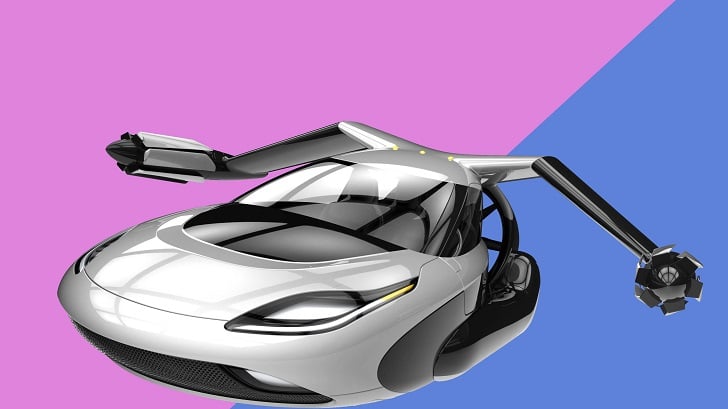
TERRAFUGIA/ BARCROFT | The challenge lies not only in the technology but also in managing air traffic and establishing new regulations
Surprisingly, the present-day landscape already features glimpses of this futuristic vision. For instance, Aston Martin unveiled the Volante Vision Concept in 2018—a flying car resembling something from a sci-fi movie. However, with a staggering price tag of $9.3 million, this innovation remains far from accessible to the general public.
But there’s a glimmer of hope on the horizon. Hugh Martin, the CEO of Lacuna Technologies, predicts that commercially available flying cars could become a reality by 2024. He points out that the challenge lies in the technology, managing air traffic, and establishing new regulations—a process that will inevitably take time.
The Hurdles on the Path to Skyborne Transportation
While the idea of flying cars is compelling, significant hurdles stand in the way of turning this concept into a practical reality. One of the primary challenges revolves around reconciling both car and airplane requirements in the design process. This includes tackling the issue of supplying sufficient power for vertical takeoff—a feat that conventional automotive batteries are ill-equipped to achieve.
Moreover, the complexity of flying cars extends to propulsion controls, control algorithms, and air pressure considerations during high-altitude operations. Meeting international aviation and road traffic standards and ensuring safety and reliability adds further complexity.
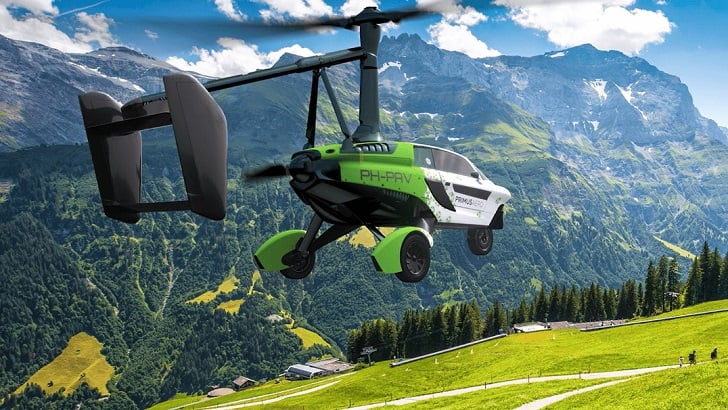
PAL-V | The allure of soaring above traffic and experiencing a new dimension of mobility is undeniable
The Promise of Aerial Mobility
Despite the hurdles, the allure of flying cars remains strong due to their potential advantages. Foremost among these is the prospect of taking to the skies, bypassing congested ground roads, and alleviating the frustration of traffic jams. Aerial routes offer more direct paths, revolutionizing how we move from point A to point B.
Additionally, flying cars could be a game-changer for environmental sustainability. By reducing reliance on fossil fuels and lowering emissions associated with traditional road vehicles, flying cars could contribute to a cleaner and greener transportation landscape.
Moreover, these airborne vehicles could provide newfound freedom for pedestrians and cyclists. Dedicated sky routes would reduce ground-level congestion, ensuring safer journeys for pedestrians and cyclists.
More inAuto News
-
`
Tesla Files for Ride-Hailing Service in California, Featuring Human Drivers
Tesla has taken a new step in the ride-hailing industry by applying for a permit to operate a human-driven service in...
March 15, 2025 -
`
Mercedes-Benz Cuts Costs, Prioritizes Combustion Engines for Profit Boost
The automotive landscape is shifting, and one major player is recalibrating its strategy to navigate the evolving market. In a bid...
March 8, 2025 -
`
The Hidden Downsides of Delaying Social Security Until 70
Many people are told to hold off on claiming Social Security until they reach 70 to receive the highest possible monthly...
March 8, 2025 -
`
Will Louisiana’s Car Insurance Crisis Get Worse Due to Tariffs?
Tariffs often impact industries in unexpected ways, and Louisiana’s car insurance market might face new challenges because of them. Although most...
March 2, 2025 -
`
Is Tesla’s Self-Driving Software Safe? Cybertruck Crash Raises Doubts
A recent Tesla Cybertruck accident has sparked concerns about the company’s self-driving technology. The incident occurred in Reno, Nevada, when a...
March 2, 2025 -
`
Should I Rebalance My Portfolio Alone or Seek Professional Help?
Managing investments requires a well-planned strategy, especially when nearing retirement. Many investors wonder whether they should handle portfolio rebalancing on their...
February 22, 2025 -
`
Auto Industry Faces More Challenges in 2025, Experts Warn
The auto industry is heading toward a challenging 2025, with multiple factors reshaping its landscape. Tariff threats, rising costs, and obstacles...
February 22, 2025 -
`
Car Insurance Rates Surge Across 5 States – Are You Affected?
Car insurance rates have surged dramatically across the U.S., with some states experiencing historic increases in 2024. Minnesota and Maryland have...
February 15, 2025 -
`
Elon Musk Admits Tesla’s Self-Driving Hardware Needs an Upgrade
For years, Elon Musk has confidently stated that Tesla vehicles had the necessary hardware to achieve full autonomy. However, in a...
February 15, 2025

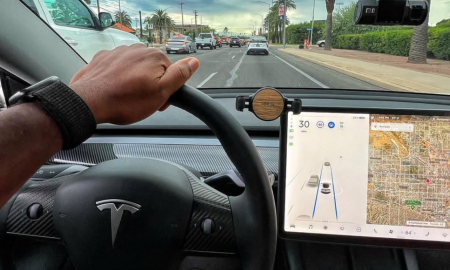



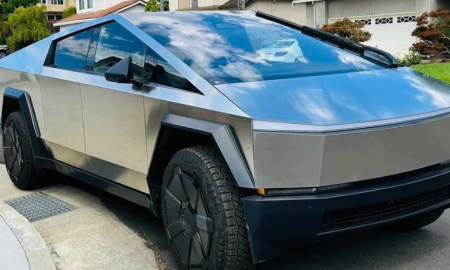
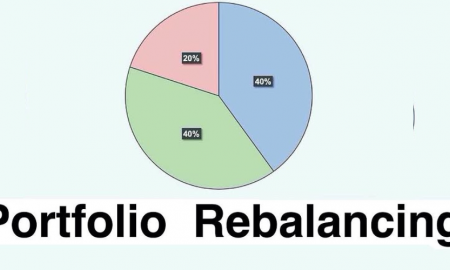
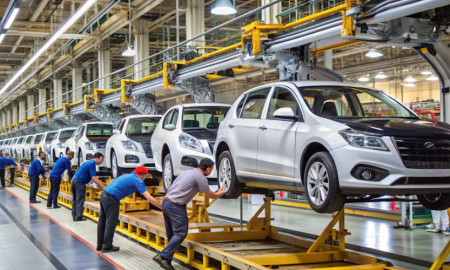


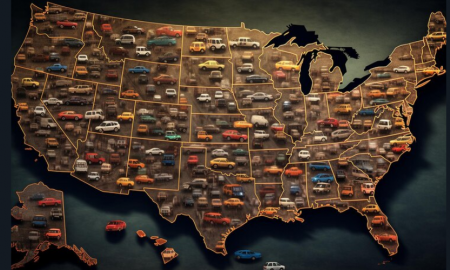
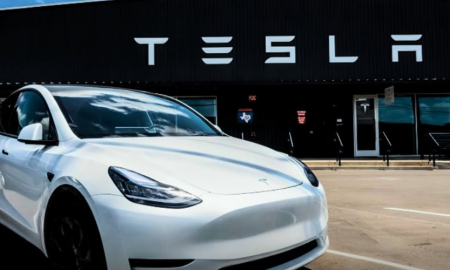

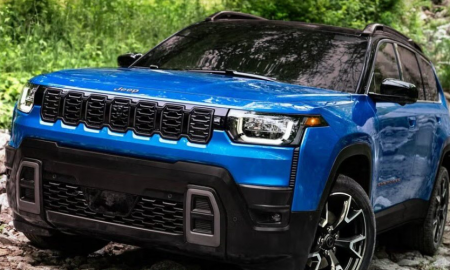

You must be logged in to post a comment Login